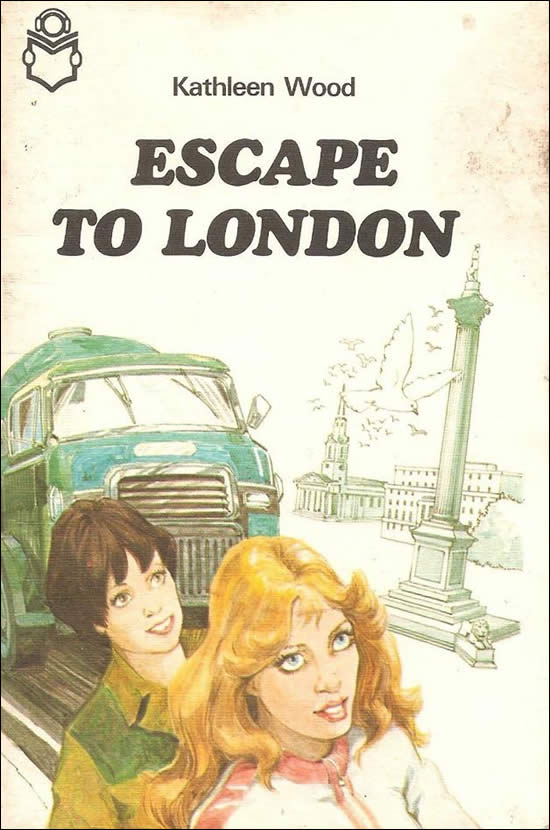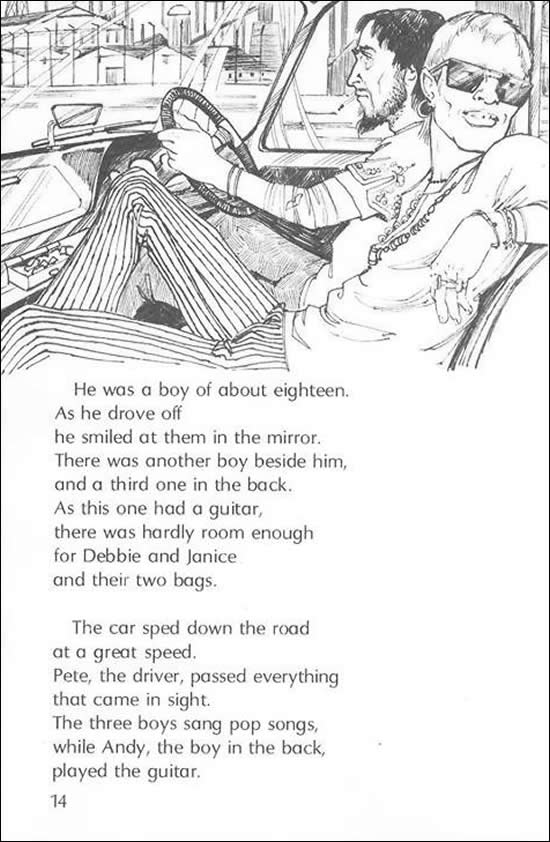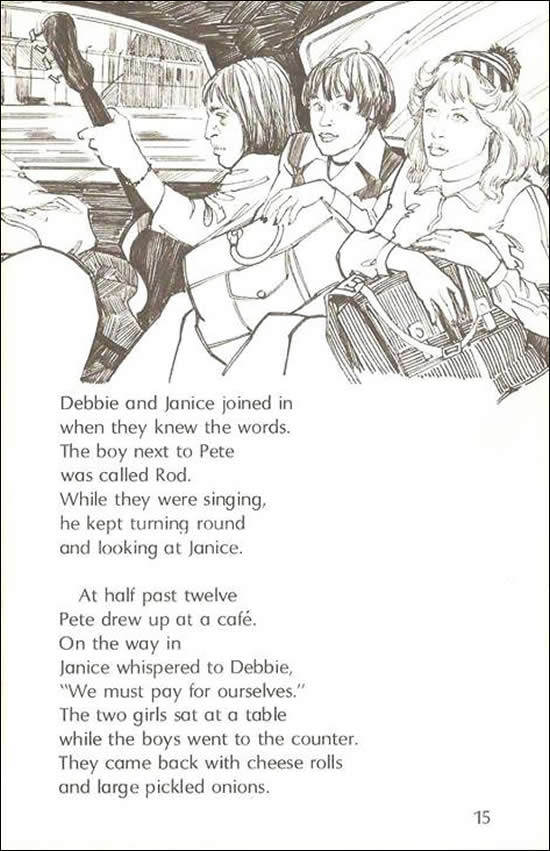Blog
Occasional posts on subjects including field recording, London history and literature, other websites worth looking at, articles in the press, and news of sound-related events.
Why girls shouldn't run away to London
THANKS TO MY friend Chris for these scans from Kathleen Wood’s Escape to London, published in 1977 by the Edinburgh-based firm Holmes MacDougall. Chris recalls coming across this book during his schooldays in Stirling, and that it was part of a series warning children about the potential dangers of the wider world.
The book has the same period appeal of those 1970s public information films which showed why it was unsafe to play on railway lines or use old fridges as hidey-holes. Escape to London is also an expression of the widespread wariness towards and distrust of the capital.

The text is written like E.J. Thribb-style free verse, which may have been to make sure it got its message across clearly. The black-and-white illustrations inside are meant to display across double pages, but I’ve reproduced single pages here so you can see more detail.
Debbie and Janice are fed up with small-town life so they decide to run away to London. But they soon come to the attention of predators: look at the shades-wearing young sleazebag in the front seat! Clothes seem to be provided by Biba in Kensington High Street, then notoriously easy to shoplift from.


Mid to late-1970s London was indeed shabby and declining. People queued to move out of areas like Islington, Battersea and Fulham. Covent Garden was semi-derelict even before the market shut, Soho and Pimlico were seedy, and parts of Chelsea were cheap to live in. Cinemas cycled endless soft porn Emanuelle films, cafes served steak-and-kidney pies leaking urea-scented steam, and spectral men in grimy shirt-collars and macs drifted aimlessly through the streets. Then it all began to go horribly wrong.
However, the level of devastation depicted here overdoes it.


Debbie and Janice end up back at the boys’ squat. London had abundant empty properties as its population dwindled throughout the 1970s. I often visited friends and acquaintances who squatted in the early 1980s in north and east London. Most places were large enough for individuals and couples each to have a room to themselves rather than sleep together in a foetid communal huddle.
Squats might be as well maintained as any other kind of home, but a few were in a far worse state than the one in Escape to London. Age, mental health, and which drugs were taken for pleasure or self-medication all made a difference.


Concerns over what might happen to teenage girls lured by London’s bright, cold lights were neither new nor always unjustified. The BBC television documentary series Special Enquiry addressed the issue in 1956 with A Girl Comes to London. For a good first-hand account of the precariousness of some young London lives in the 1970s, see Daniel Lux’s The Camden Parasites.
ABOUT SOUND
FIELD RECORDINGS
The balloonist in the desert is dreaming
The Binaural Diaries of Ollie Hall
GEOGRAPHY AND WANDERINGS
The Ragged Society of Antiquarian Ramblers
LONDON
ORGANISATIONS
Midwest Society for Acoustic Ecology
World Forum for Acoustic Ecology